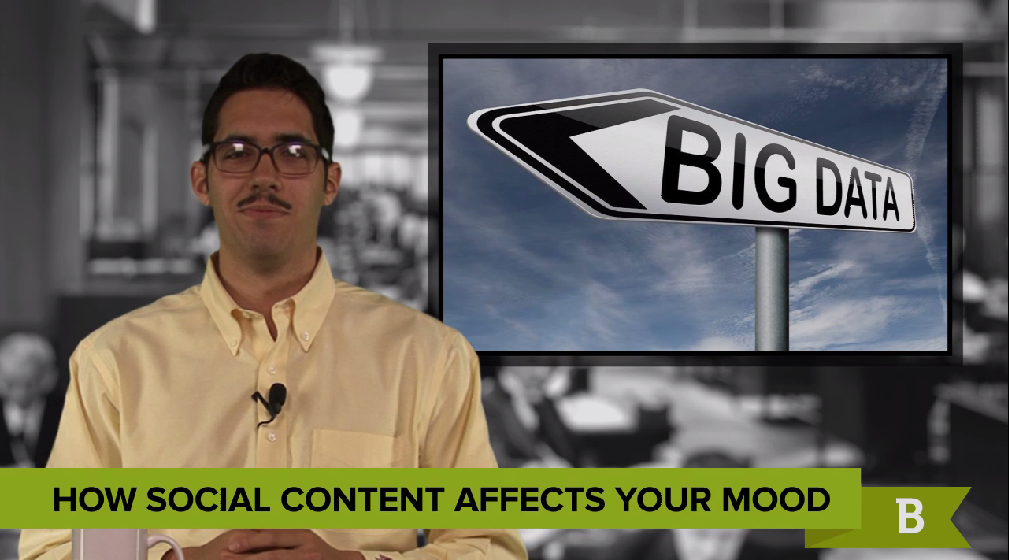It’s official – there is no way to get away from Facebook creepers, because Facebook is one of them. If you were away on vacation last week, you might have missed the news that Facebook conducted controversial research on its user base – essentially treating us all as guinea pigs to test the impact of positive or negative social content. Click play to watch the video below, or read the text transcript below.
A June paper in the Proceedings of the National Academy of Sciences revealed that, in 2012, Facebook ran an experiment on “emotional contagion through social networks.” It wanted to test the effect of emotionally charged content in users’ News Feeds. Some people saw posts with more emotionally negative sentiments and others saw mostly positive updates. Facebook researchers wanted to see if this stimulus triggered more downtrodden posting or happy content.
Facebook ran an experiment on “emotional contagion through social networks.”
The results? A sad News Feed makes for sad user postings and vice versa. The study also found that, “People who were exposed to fewer emotional posts (of either valence) in their News Feed were less expressive overall.”
You can understand why the internet had such a visceral reaction to the experiment. The web’s utilitarians are saying “sign me up!” But they are in the minority. Most people think Facebook violated users’ privacy rights by artificially making them happy or sad.
While most social media strategists are already primed to throw more coal on the Facebook hate train, one can certainly see why the data would turn any businessman to the dark side. So I ask you: what can a content marketer glean from this valuable, albeit dirty, data?
We learned from the study that emotionally polarized posts drive more engagement.
We learned from the study that emotionally polarized posts drive more engagement. The control group that received more neutral than positive or negative posts was not as active. Relate this to your blog content or social media strategy by using powerful verbs and emotional diction rather than boring, straightforward text. I’m thinking about performing an A/B test to see if negative copy performs better than positive copy.
But before you go down this road, you have to consider the risks: Is upsetting your audience with negative or morbid postings worth the extra engagement? How much emotion is too much emotion? Let us know your questions in the comments section and on Twitter!
Want more information about this research? Check out my blog for additional coverage.




